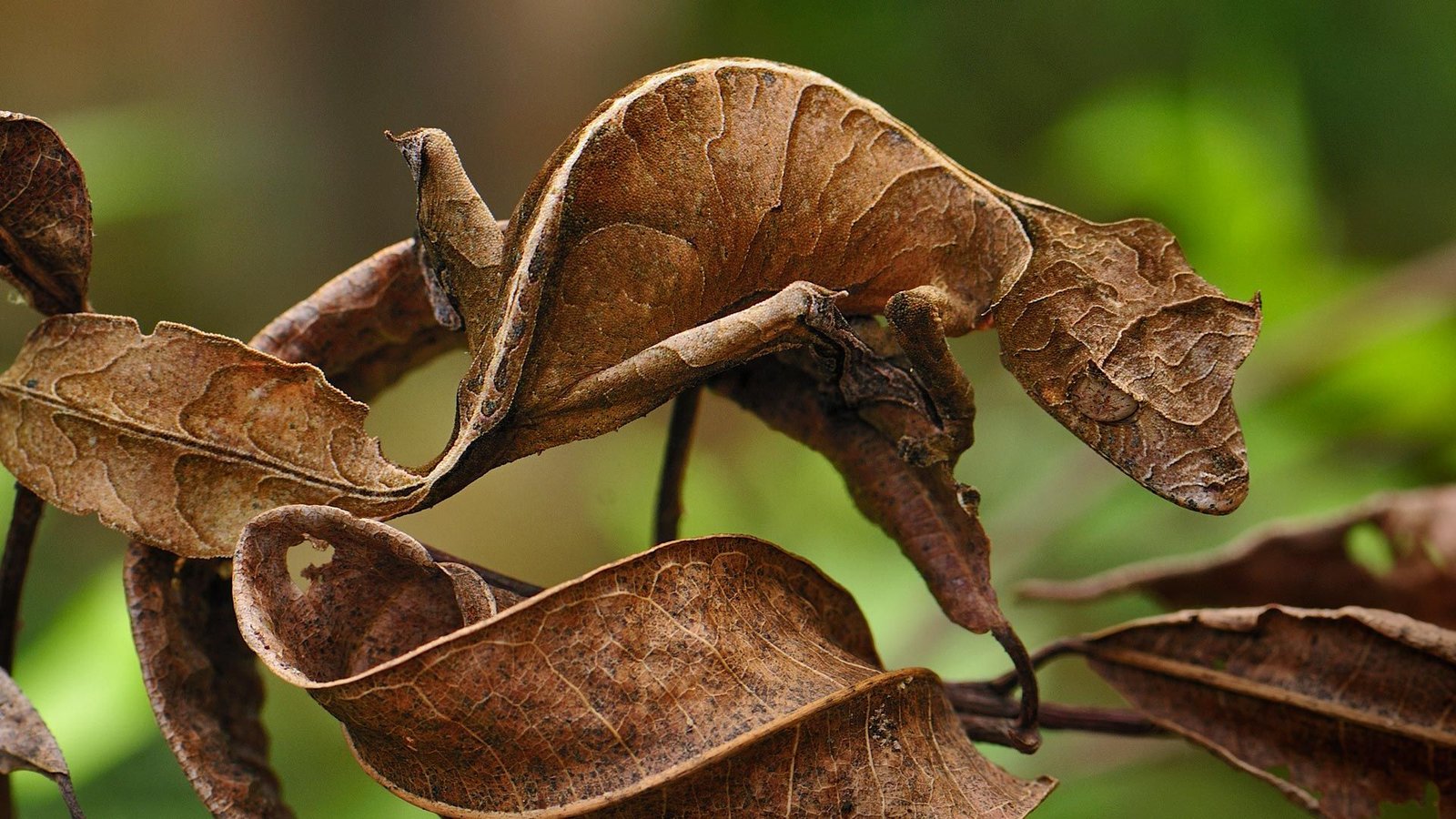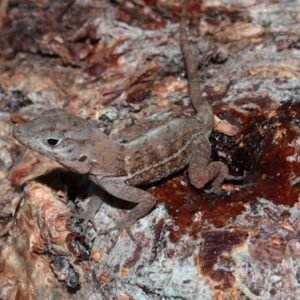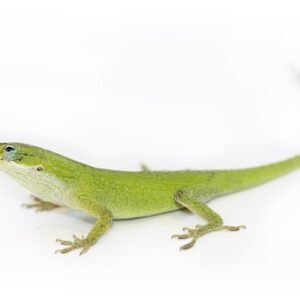The Fascinating World of the Leaf Tailed Gecko
Introduction to Leaf Tailed Geckos
The leaf tailed gecko, known scientifically as the family Uroplatidae, is a remarkable example of evolutionary adaptation. This family encompasses various species, with many endemic to Madagascar, a biodiversity hotspot. Leaf tailed geckos belong to the infraorder Gekkota, which includes all gecko species. These reptiles are further classified into several genera, primarily Uroplatus, recognized for their diverse and fascinating morphologies.
One of the most distinctive characteristics of leaf tailed geckos is their exceptional camouflage. Their bodies, particularly their tails, exhibit leaf-like shapes and patterns, allowing them to blend seamlessly into their forested surroundings. This adaptation provides a critical advantage against predators, as they can easily evade detection while resting on tree bark or among the foliage. The coloration of these geckos, often a mix of browns, greens, and grays, further enhances their ability to mimic the plant material in their habitat.
Among the various species of leaf tailed geckos, some, like Uroplatus phantasticus, exhibit remarkable variations in tail morphology, which can resemble not just leaves but also other natural elements. These adaptations are not merely for show; they have evolved over time as survival mechanisms in the challenging environments of Madagascar’s rainforests. The ability to stay hidden helps these reptiles ambush prey, primarily consisting of insects and small invertebrates.
As a unique group of reptiles, leaf tailed geckos capture the interest of herpetologists and wildlife enthusiasts alike. Their fascinating adaptations and striking appearances contribute to the ecological richness of their habitats, making them a vital component of the biodiversity found in Madagascar. Understanding these geckos is essential for appreciating the broader dynamics of their ecosystems and the necessity of conservation efforts to protect their native environments.
Habitat and Distribution
The leaf-tailed gecko, known scientifically as Uroplatus, is predominantly found in the unique and diverse ecosystems of Madagascar. This island nation is renowned for its wide array of habitats, with the majority of these reptiles residing in the lush, humid rainforests that blanket the eastern part of the island. The environmental conditions in these rainforests are characterized by a warm and tropical climate, which is integral to the survival of the leaf-tailed gecko.
Within these forests, the geckos have evolved remarkable adaptations that allow them to thrive. Their cryptic appearance, resembling dead leaves or bark, provides effective camouflage, helping them avoid predators and enhance their hunting capabilities. The dense foliage offers not only a hunting ground rich in insects— their primary food source—but also protection against environmental extremes. The humidity levels in these regions are usually quite high, further supporting the moisture needs of these reptiles.
Moreover, the distribution of leaf-tailed geckos is heavily influenced by the availability of specific types of vegetation. They are mostly found in areas where large trees create a multi-layered canopy, allowing for varied microhabitats. These microhabitats provide the necessary shelter and sustainability for their population. The interplay between humidity, temperature, and vegetation directly impacts the geckos’ behavior, feeding patterns, and reproductive strategies, making these rainforests an essential component of their lifecycle.
As we explore the world of the leaf-tailed gecko, it becomes evident that their habitat is not merely a backdrop but a critical factor that shapes their existence. The ongoing conservation efforts in Madagascar are vital to protect these unique habitats and, consequently, the fascinating leaf-tailed gecko population they support.
Behavior and Diet
The leaf-tailed gecko, known for its distinctive tail that mimics the appearance of leaves, exhibits a range of fascinating behaviors that are adapted to its environment. Primarily nocturnal, these reptiles are most active during the night, when they utilize their exceptional camouflage to avoid predators. Their behavior during this time involves not only hunting but also intricate mating rituals. Males often engage in territorial displays, which include head-bobbing and vibrant coloration to attract potential mates. This competition is crucial for ensuring that the strongest genes are passed on to the next generation.
Communication among leaf-tailed geckos is primarily visual, although they may also produce subtle sounds. The color changes during displays serve not only to attract partners but also to indicate dominance levels and territorial claims to other males. Such behavioral adaptations enhance their survival and reproductive success within the competitive ecosystem of Madagascar, where they are native.
When it comes to diet, leaf-tailed geckos predominantly consume a variety of insects, showcasing a specialized predatory strategy. Their diet mainly consists of moths, crickets, and other small invertebrates that are abundant in their environment. Employing a sit-and-wait approach, these geckos often remain still and blend into their surroundings until prey comes within striking distance. This form of ambush hunting ensures that they expend minimal energy while maximizing their chances of capturing food.
Understanding the leaf-tailed gecko’s behavior and dietary habits is vital to appreciating their role in their ecosystem. By regulating insect populations, these geckos contribute to maintaining the ecological balance. Their unique adaptations not only highlight their evolutionary success but also underline the intricate relationships present in Madagascar’s diverse habitats.
Conservation Status and Threats
The conservation status of leaf-tailed geckos (Uroplatus spp.) presents a concerning picture, as these captivating reptiles are primarily threatened by habitat loss, climate change, and illegal pet trade. Native to Madagascar, leaf-tailed geckos rely heavily on the unique biodiversity of their forest habitats, which have been rapidly declining due to deforestation driven by agricultural expansion, logging, and human settlement. The loss of their natural environment not only diminishes their population but also disrupts the intricate ecosystems in which they play a vital role.
Climate change poses an additional threat, as changing weather patterns and increased temperatures continue to affect the delicate balance of their habitats. These alterations can lead to unpredictable shifts in food availability and breeding cycles, further endangering the survival of leaf-tailed geckos. Consequently, their already dwindling numbers face even more challenges. Furthermore, the illegal pet trade continues to exacerbate the issue, as these reptiles are often captured for sale in the exotic pet market. This practice not only affects the population in the wild but also disrupts local ecosystems where these species are integral.
Despite these challenges, conservation efforts are underway to protect leaf-tailed geckos and their habitats. Organizations focusing on wildlife preservation are working to create protected areas and promote sustainable land-use practices, which can safeguard the remaining forests. Additionally, raising awareness about the threats posed by the pet trade and illegal wildlife trafficking is crucial for fostering appreciation and respect for these unique reptiles. With ongoing conservation efforts and increased public awareness, there is hope that leaf-tailed geckos can continue to thrive in their natural habitats, preserving their fascinating role in the ecosystem.





